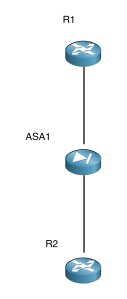Occasionally I have to install software that is no longer available for download via the official channels. This is due to us having pretty strict standards on which IOS versions are stable and suitable for use via a bug scrub process that Cisco are party to.
I could speak to our Cisco SE and ask for the image to be provided, but it’s simpler and quicker to find a similar piece of kit on the network and FTP/SCP the image across.
I did this today, and then realised that I couldn’t rely on CCO to give me the MD5 sum for the image. A quick google tells me that I can perform a checksum on the switch using this command:
verify /md5 <file-location>:<file-name>
Location choices are:
bs: File to be verified
cns: File to be verified
flash: File to be verified
ftp: File to be verified
http: File to be verified
https: File to be verified
null: File to be verified
nvram: File to be verified
rcp: File to be verified
scp: File to be verified
system: File to be verified
tar: File to be verified
tftp: File to be verified
tmpsys: File to be verified
xmodem: File to be verified
ymodem: File to be verified
Example: verify /md5 flash:c3560e-ipbasek9-mz.122-53.SE2.bin
This yields a checksum which can be compared to the file copied across using the following command if you’re on a UNIX based system:
md5 <filename> | grep <expected-checksum>
